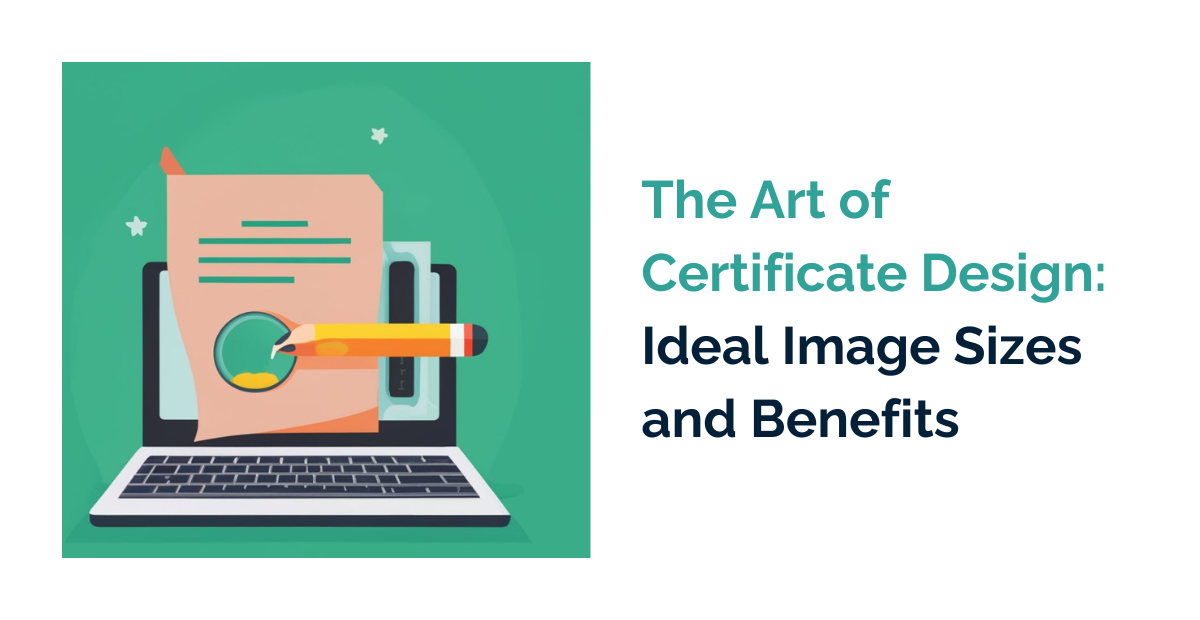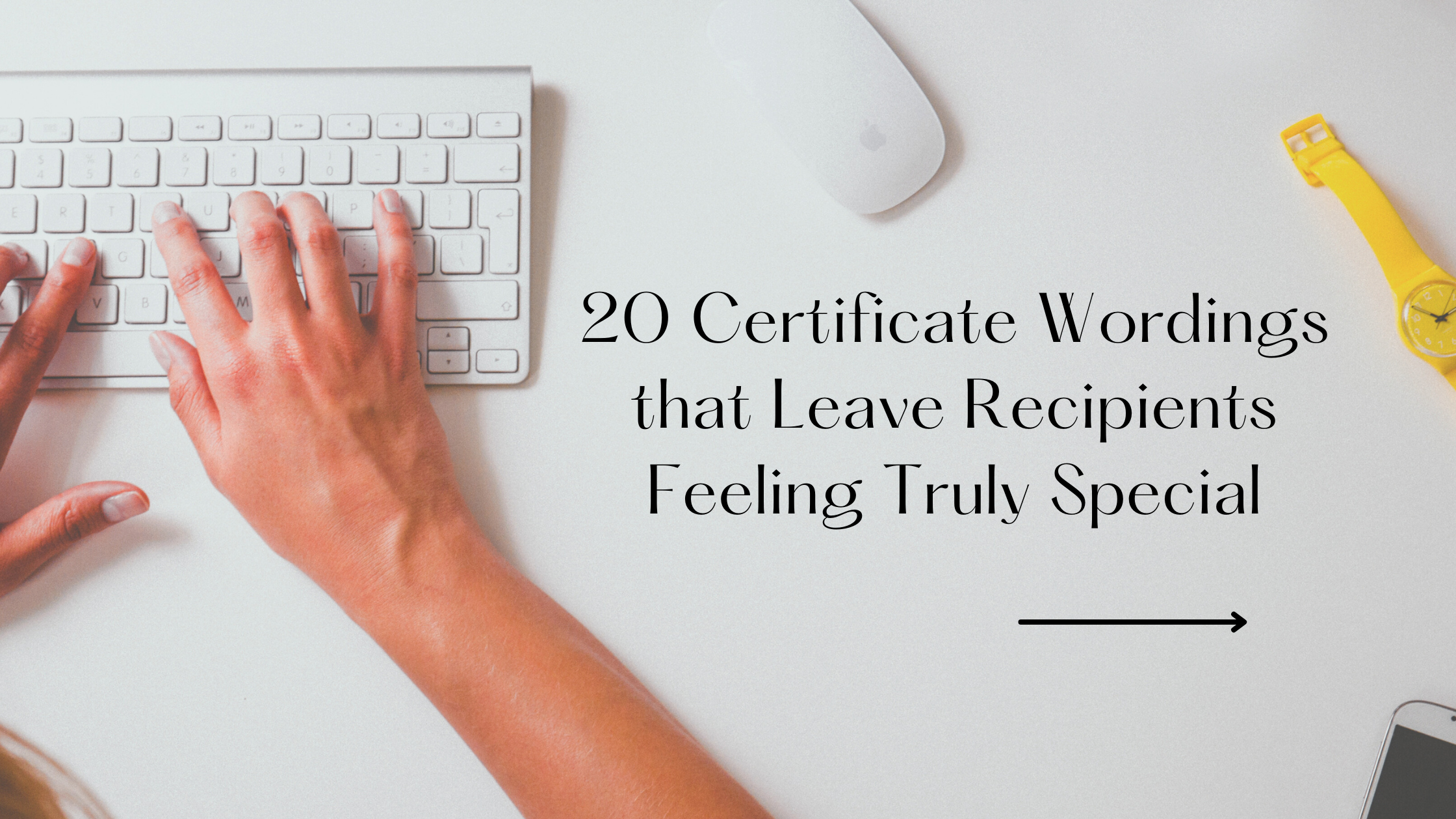Creating a visually appealing certificate involves more than just choosing the right design elements. It also requires understanding the ideal image sizes and formats to ensure the certificate looks its best and serves its purpose effectively.
In this blog, we will explore different certificate sizes and their benefits, shedding light on the importance of image sizes and formats. By the end, you’ll have a clearer understanding of how to create visually stunning certificates that leave a lasting impression.
Different Certificate Sizes
Certificates come in various sizes, each catering to specific needs and occasions. Understanding the standard size of certificate and certificate dimensions is crucial for creating a professional and appealing design. Here are some of the most common certificate sizes and their benefits:

Standard Letter Size (8.5” x 11”)
Benefits: The standard certificate size of 8.5” x 11” is widely recognized and accepted. It fits perfectly into standard frames and can be easily filed in folders or portfolios. Its larger canvas allows for elaborate designs and detailed graphics.
Ideal for: Academic certificates, professional training programs, and recognition awards.
A4 Size (210mm x 297mm)
Benefits: A4 certificates are the international equivalent of the standard certificate size. They offer a slightly elongated format, providing more space for decorative elements and information. A4 certificates are suitable for both portrait and landscape orientations.
Ideal for: International recognition, conferences, and workshops.
Half Letter Size (5.5” x 8.5”)
Benefits: Half-letter certificates are compact and versatile. Their smaller certificate page size is ideal for creating a sense of exclusivity or for recognizing achievements in a more intimate setting. They can also be used as event invitations.
Ideal for: Training workshops, team-building events, and informal recognition.
Custom Sizes
Benefits: Custom-sized certificates offer complete creative freedom. You can design certificates to fit unique requirements or match the branding of a specific event or organization. When deciding on custom certificate dimensions, consider the practicality of printing and framing.
Ideal for: Special events, unique awards, and unconventional recognition.
Choosing the Right Image Size
The visual appeal of a certificate often hinges on the images and graphics used in its design. To ensure your certificate looks polished and professional, it’s essential to choose the right image sizes. Here are some guidelines for selecting image sizes:
High Resolution
Images for certificates should always be high-resolution to maintain clarity and sharpness. Low-resolution images can appear pixelated when printed. Aim for a minimum of 300 dots per inch (DPI) to ensure your images look crisp, regardless of the certificate size.
Balance Image Size and Content
Consider the balance between the image size and the content on your certificate. The image should complement the text without overwhelming it. It should enhance the overall design and convey the theme or purpose of the certificate effectively.
Image Placement
The placement of images is crucial. Common locations for images on certificates include the background, borders, or as part of the central design. Ensure that images do not interfere with important text or information, such as the recipient’s name and the reason for the certificate.
Logo Integration
If your certificate includes an organization’s logo or seal, make sure it’s a high-quality image. Logos are often placed in the header or footer of the certificate. Ensure that the logo integrates seamlessly with the overall design and doesn’t distract from the certificate’s purpose.
Consider Transparency
Some certificate designs benefit from using transparent images or backgrounds. This adds depth and sophistication to the certificate. When using transparent elements, ensure they are of the appropriate size and resolution to maintain visual quality.
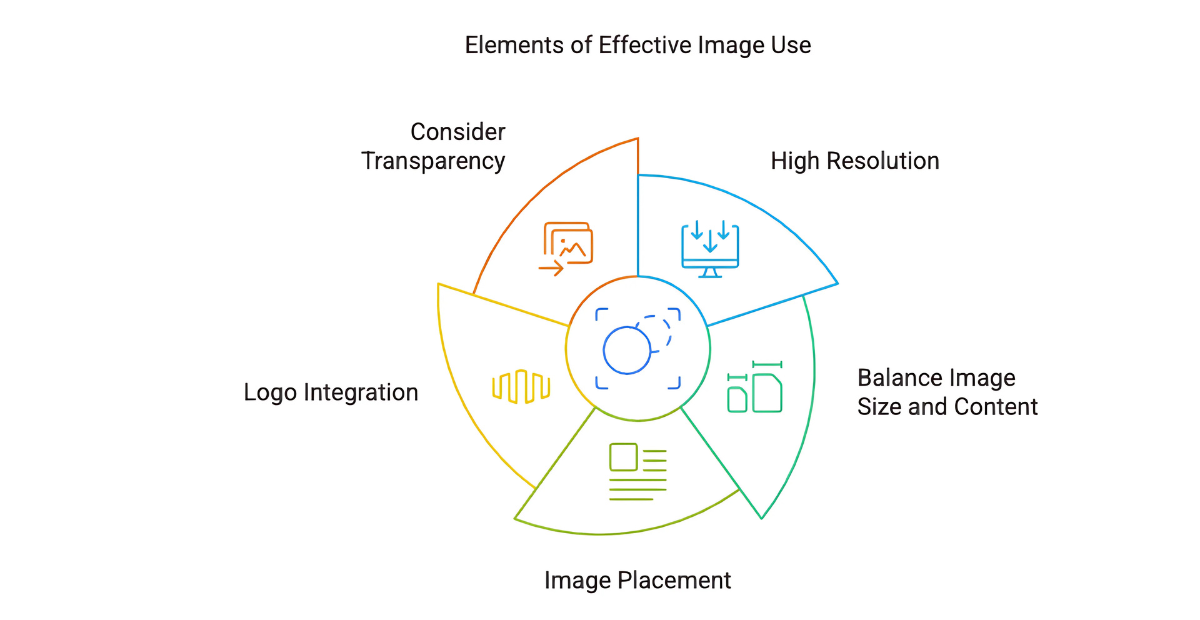
Ideal Image Formats
In addition to the image size, the format you choose for your certificate’s images is equally important. Different formats have specific advantages and use cases. Here are some ideal image formats for certificates:
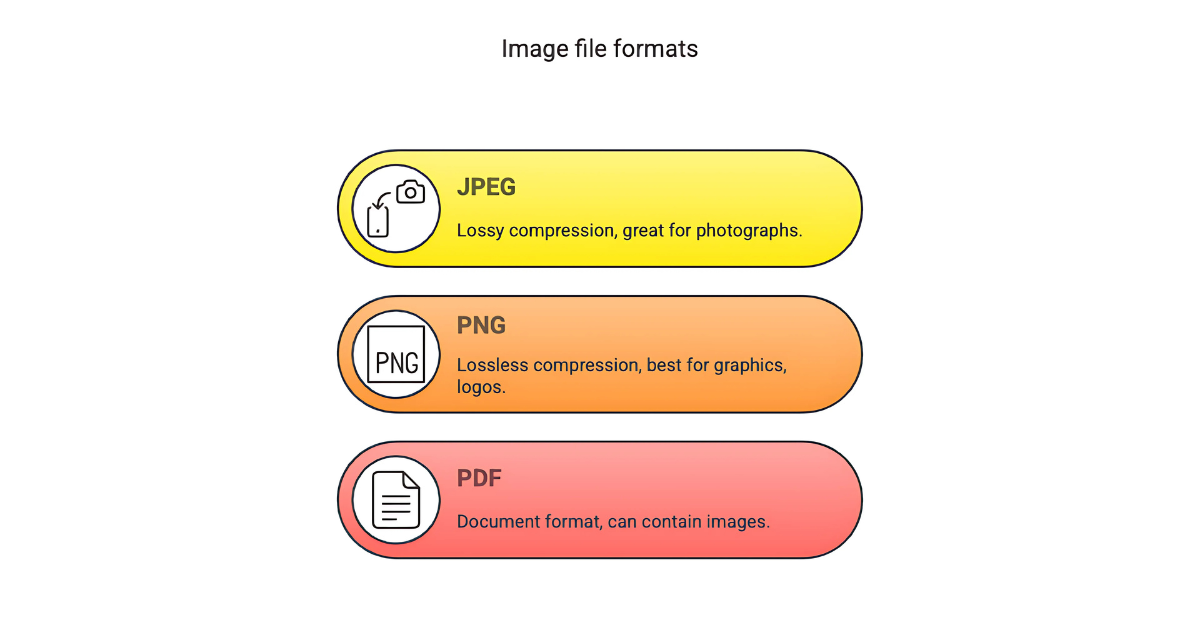
JPEG (Joint Photographic Experts Group)
Benefits: JPEG is a widely supported format that provides good compression without significant loss of quality. It’s suitable for photographs and images with gradients or complex color schemes.
Ideal for: Certificates with high-quality photographs or intricate graphics.
PNG (Portable Network Graphics)
Benefits: PNG is a lossless format that preserves image quality but may result in larger file sizes compared to JPEG. It supports transparency, making it ideal for images with a transparent background.
Ideal for: Certificates with transparency or images that require a crisp, clean look.
PDF (Portable Document Format)
Benefits: PDF is a versatile format that can embed high-resolution images while maintaining document integrity. It’s an excellent choice for creating printable certificates with vector graphics and images.
Ideal for: Certificates intended for digital distribution or professional printing.
Benefits of Using Ideal Image Sizes and Formats
These certificates can also be issued digitally, supporting various use cases in education and professional development. Learn more about what digital credentials are and how they differ from traditional certificates to understand their growing relevance.
Creating certificates with ideal image sizes and formats offers several advantages:
Professional Appearance
Certificates with high-quality images and appropriate formats exude professionalism. They leave a positive impression on recipients and reflect well on the awarding organization.
Clarity and Readability
Well-sized and formatted images enhance the clarity and readability of the certificate. Recipients can easily understand and appreciate the content and design.
Versatility
Certificates designed with ideal image sizes and formats can be used for various purposes, from academic achievements to corporate recognition. They adapt seamlessly to different contexts and events.
Certificates designed with ideal image sizes and formats adapt seamlessly to different contexts and events—from formal education to skill-based recognition. You can also explore how digital badges can help achieve educational goals as complementary tools.
Brand Consistency
For organizations, maintaining brand consistency is essential. Ideal image sizes and formats help ensure that certificates align with the organization’s branding guidelines, reinforcing brand identity.
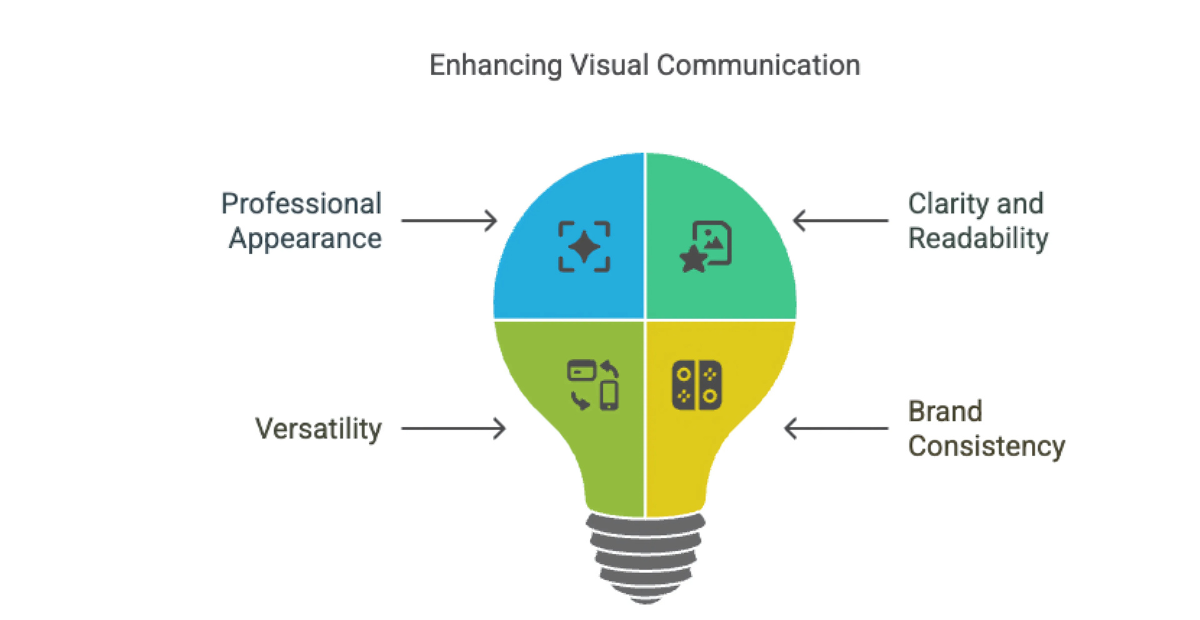
Conclusion
Designing certificates that resonate with recipients requires careful consideration of certificate sizes, certificate dimensions, and the appropriate image sizes and formats. Whether you choose the standard size of certificate or opt for custom designs, always prioritize high-resolution images and formats that enhance both the aesthetic appeal and functionality of the certificate. By focusing on these elements, you ensure that the certificate page size and overall design are visually appealing and effective, making recipients proud to display their achievements.
By focusing on these elements, you ensure the certificate is visually appealing and effective, making recipients proud to display their achievements. In fact, digital tools are upgrading education to the next level—and well-designed certificates play a key role in that transformation.
If you’re looking for a hassle-free way to manage these details, consider using CertifyMe. Our platform handles the technical aspects, from selecting the right certificate size and certificate standard size to choosing the best image formats. This ensures that your certificates are always sharp, professional, and ready to impress. You won’t have to worry about what size are certificates or the specifics of certificate images—CertifyMe has it all covered.
Ready to streamline your certificate creation process? Sign up for free with CertifyMe and start crafting beautiful, professional certificates effortlessly. It’s the easy way to ensure your certificates, regardless of the certificate size or format, make a lasting impression.

 Author :
Author : 